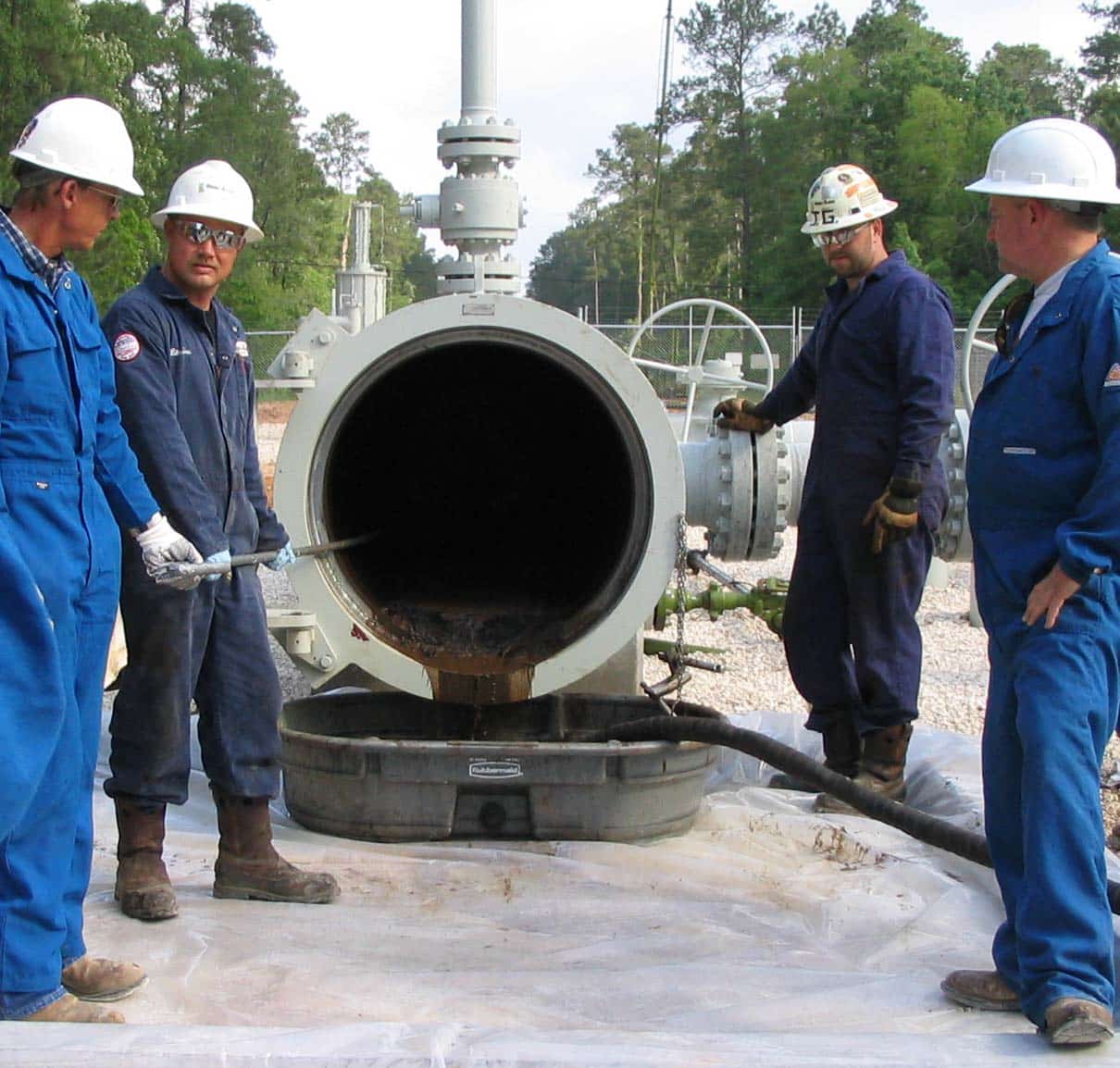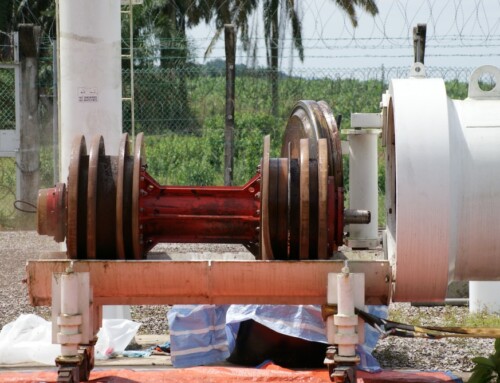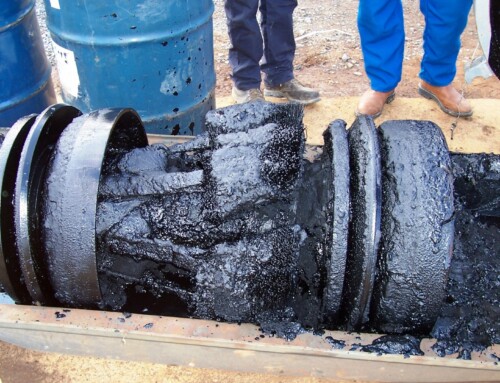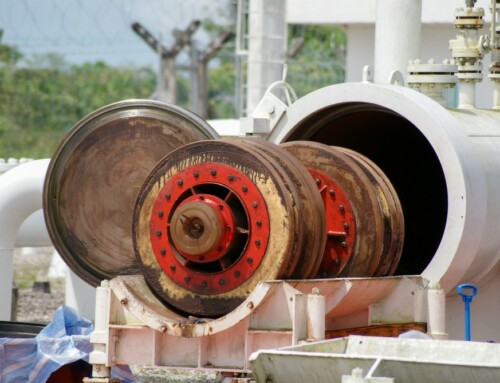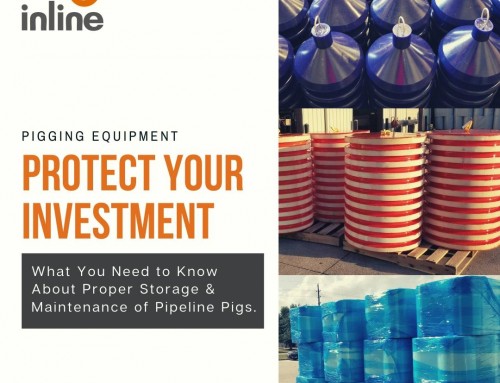“If you think education is expensive, try ignorance.” ~ Andy McIntyre
Pigging industry veterans have observed evolution and innovation in the design and manufacturing process of pigs leading to great successes in the industry. Despite the innovations, an area that continues to challenge all players involved; Pig Manufactures, Operators and Pipeline Maintenance companies is the education and training of pigging products, methods’ and best practices.
Players have their own perspective on the value of education when it comes to pipeline pigging:
- Pig Manufacturers: Selling cleaning pigs to an educated customer who understands the style options available and how to use them is the “dream scenario”. Using the right pig, at the right time, and in a specific application leads to positive results. Positive results make happy customers. Happy customers will (theoretically) buy more pigs.
- Pipeline Operators: Typically, operators understand pigging basics, and likely have the most experienced personnel on-board, but they often contract pigging work to 3rd party maintenance companies. Operators are not in the business of educating contractors about pigging. Their priority is making sure that their pipeline carries the right amount of product to the right customer, as quickly as possible.
- Pipeline Maintenance Companies (3rd Party Contractors): Maintenance companies are in the business of providing capable and reliable field personnel with a broad range of experience to ensure safe and efficient pipeline maintenance. Field personnel with pigging program expertise varies greatly. In some cases, they may be responsible for pig selection and run frequency, but pigging is only one of many services they provide to Operators.
The “Old” Approach to Pigging:
The old standard approach of running pigs until they stop bringing-out debris and then you “think line is clean”, is outdated, yet still used in today’s market. The “old school” approach leads to real uncertainty of line’s actual condition. The condition of the line is critical to achieving the Operators primary goal. Can you see the disconnect?
Pigs are tools. Like any other mechanical trade, understanding the tools you use to accomplish a task is crucial. For example, just as you would not use a socket wrench to hammer in a nail, you would not use a 2 or 5lb foam pig to remove wax in a line. However, you would use a 2 or 5lb foam pig as Phase 1 of a cleaning program to evaluate a line is “good” to move to Phase 2 of the cleaning program.
Another next step in the pigging education process is understanding the different applications where pigs are used. Of course, every application is different, but there are general “rules of thumb” that can assist in developing an intelligent cleaning program.
Finally, understanding the “rules of thumb” such as pipeline characteristics, operating parameters, historical pigging records, and how to make data driven decisions on pig type and run frequency using this data is the crowning jewel of building an effective pigging program. The type of product present in the line is a big factor in your cleaning program. Liquid lines generally require a different style cleaning program than gas pipelines. Diesel or gasoline pipelines are generally clean products and might not require same style cleaning pigs than pipelines that transport Crude or other heavy products. Gas pipelines also vary with style of pigs required based on their product and terrain where many “high/low” areas might catch many liquids that might be in pipelines.
Can you create a pigging program without an understanding of some or all of the above? Yes. Will it be an effective and efficient pigging program? What do you think?
An Educated Approach to Cleaning Program Development:
Once the “basics” of pigging education are covered, the next step to developing an “Intelligent” or “Smart” cleaning program is using tools to measure, monitor and record the effectiveness of specific cleaning pigs as well as the run frequency and the effectiveness of any chemicals being used.
Today, the “smart” approach to developing a pigging program consists of:
- Use of field level training and Qualification of personnel
- Pipeline characteristics and operating parameters
- Historical pigging records, if available
- Select/design cleaning pigs that are Fit-For-Purpose (FFP)
- Develop a cleaning program that satisfies the pipeline goal
- Monitor & measure the performance and effectiveness using the PET, PPT, SCP & PMS in conjunction with Pig Run Reports (PRR’s).
Why Is There Minimal Emphasis Placed on Education?
There is no clear-cut explanation, but factors that might influence the education process might be:
- Cost
- Time
- Lack of Training Resources
- Lack of Training Accountability
- Industry Culture
What Does The Future Hold?
Although it may be obvious how more education can benefit all players involved, the issue is complex. We have observed regulations for pipelines and facilities increase almost every year. Pipeline Integrity regulations are currently in place and appear to become tighter in all aspects. So, it is also conceivable that regulations will require the same training and qualification for cleaning pigging programs as currently required for other pipeline maintenance operations. If this happens, it could be the catalyst for more change in the Pipeline Industry. With increased regulations comes the issue of accountability, which is a separate discussion altogether.
Need Help Creating A Pigging Program That Works? We Can Help!
In addition to being a pipeline pig manufacturer, Inline Services also specializes in developing customized Pigging Programs and Training Services to pipeline operators and maintenance companies. Our team of pigging experts evaluate your application, goals and resources to create an intelligent cleaning program that will streamline your pipeline maintenance efforts. For more information about how Inline Services can assist in the development of an intelligent cleaning program call us at | or click here to send us an email.


